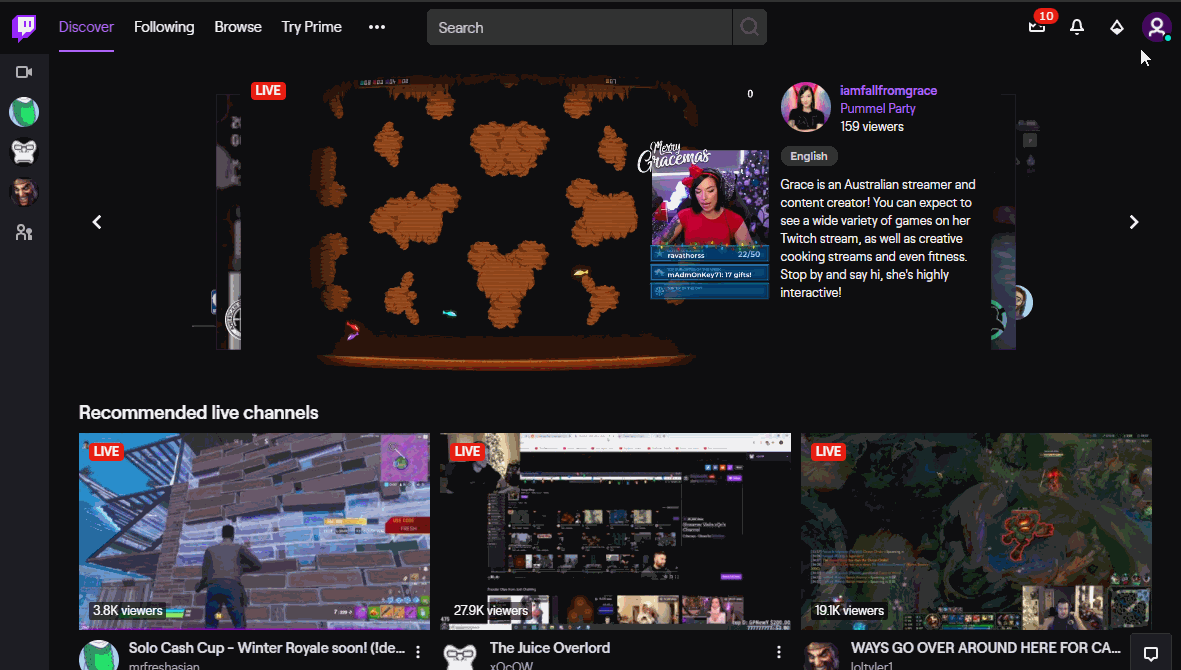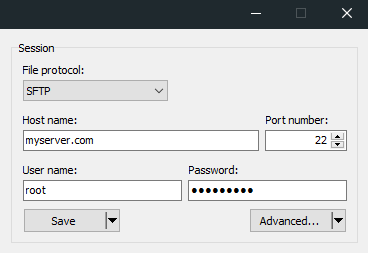

Next stop is the VHost.xml configuration file which specifies where Wowza listens for actual streaming traffic.Įach section will have an block that defaults to *: įinally, you’ll need to tell the manager to listen on the IP as well. Likewise this one can be left on localhost so as not to expose JMX to the world. Then under JMXRemoteConfiguration (if enabled), change the IpAddress and RMIServerHostName: There’s also no reason that I know of why you can’t set this one strictly to localhost/127.0.0.1 so that your REST API isn’t exposed to the world.ĭo the same in the CommandInterface section: Simply change the IPAddress parameter to the address you want to bind it to.

In the Server.xml file, you’re defining the bind address for JMX and REST API management. To lock Wowza down to a particular IP address, there are three places you need to make configuration changes: conf/Server.xml If you want to send web traffic out one gigabit port, and streaming traffic out another, Wowza doesn’t really care about the hardware side, so assign your addresses to hardware interfaces in the operating system. You can also use multiple physical interfaces, if available. This is probably the simplest thing to do, where your ISP or colocation provider gives you the option of more than one IP address. Use Case: Web server on one IP address, Wowza on another This technique is also good for reducing surface area, where you can have remote management such as SSH or RDP listening on one address, and someone scanning your streaming server IP won’t find any open management ports to attempt to exploit. If you have Wowza enabled for IPv6, it will also bind to all available IPv6 addresses on the same ports. It won’t bind itself to port 80 specifically because of the common problem of co-existing with web servers. Where it gets a little more interesting is when you have to co-exist with other server applications that want some of the same ports (I’m lookin’ at YOU, web servers!).īy default, Wowza binds itself to all available IP addresses on ports 1935 (RTMP, but will also take HTTP requests on that port), 8086 (for some basic management functions), 80 (for JMX), and with WSE4, 8087 (REST) and 8088 (WSE Manager). For most users, running Wowza Media Server/Wowza Streaming Engine (which I’ll refer to as just “Wowza”) are perfectly content running it out of the box as is on a dedicated server.


 0 kommentar(er)
0 kommentar(er)
